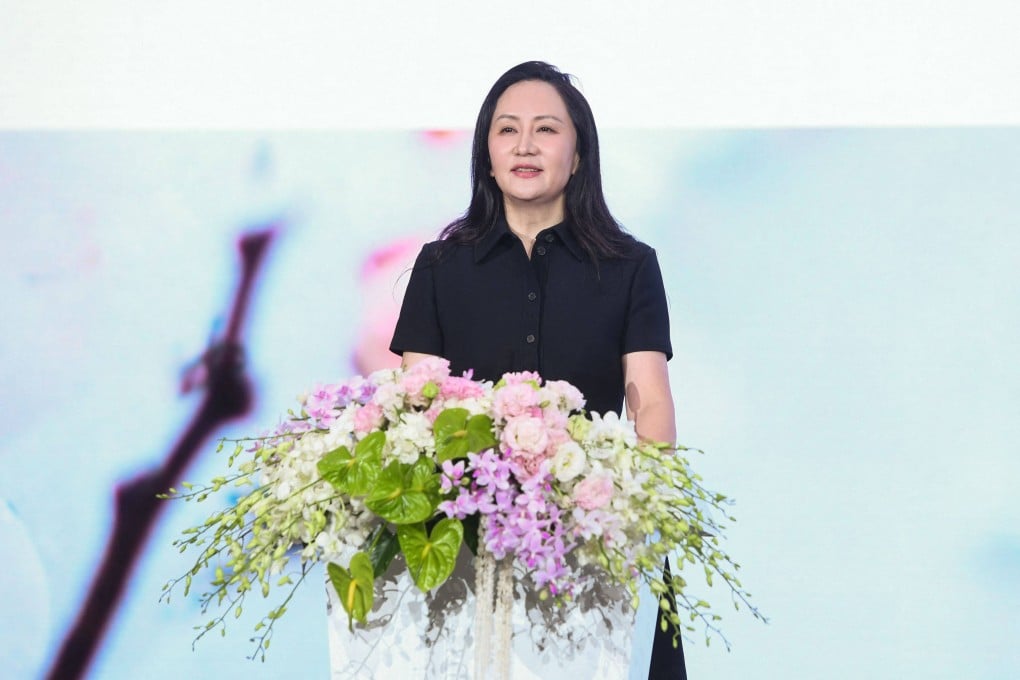Huawei heir-apparent Meng Wanzhou sets AI as the Chinese giant’s business focus in the next decade despite US sanctions
- The company aims to contribute to China’s technological progress by providing computing power to support the AI transformation of local industries
- The once-in-a-decade strategic upgrade comes after the company released a new smartphone equipped with an advanced chip despite US sanctions

Meng Wanzhou, rotating chairwoman of US-sanctioned Huawei Technologies, said the telecoms giant would embrace a new “all intelligence” strategy to transform itself into a key provider of computing power to support China’s artificial intelligence (AI) development.
While Meng did not talk about specific products in her speech at the Huawei Connect summit in Shanghai on Wednesday, the heir-apparent of the company founded by her father Ren Zhengfei stressed that it aimed to contribute to China’s technological progress as a key infrastructure provider to accelerate the “intelligent transformation” of thousands of traditional industries.
Huawei will offer “an alternative choice for the world”, Meng said, without elaborating.
The once-in-a-decade strategic upgrade, an evolution from the “all cloud” strategy announced in 2013 and the “all IP” strategy from 2003, was widely reported by local media. The company’s latest Mate 60 Pro smartphone, which contains an advanced chip capable of achieving 5G speed despite US sanctions, has fanned nationalist sentiment and renewed attention on the Shenzhen-based giant.

Washington added Huawei to a trade blacklist in May 2019 and tightened export curbs in 2020 to cover semiconductors developed or produced anywhere using US technology.
